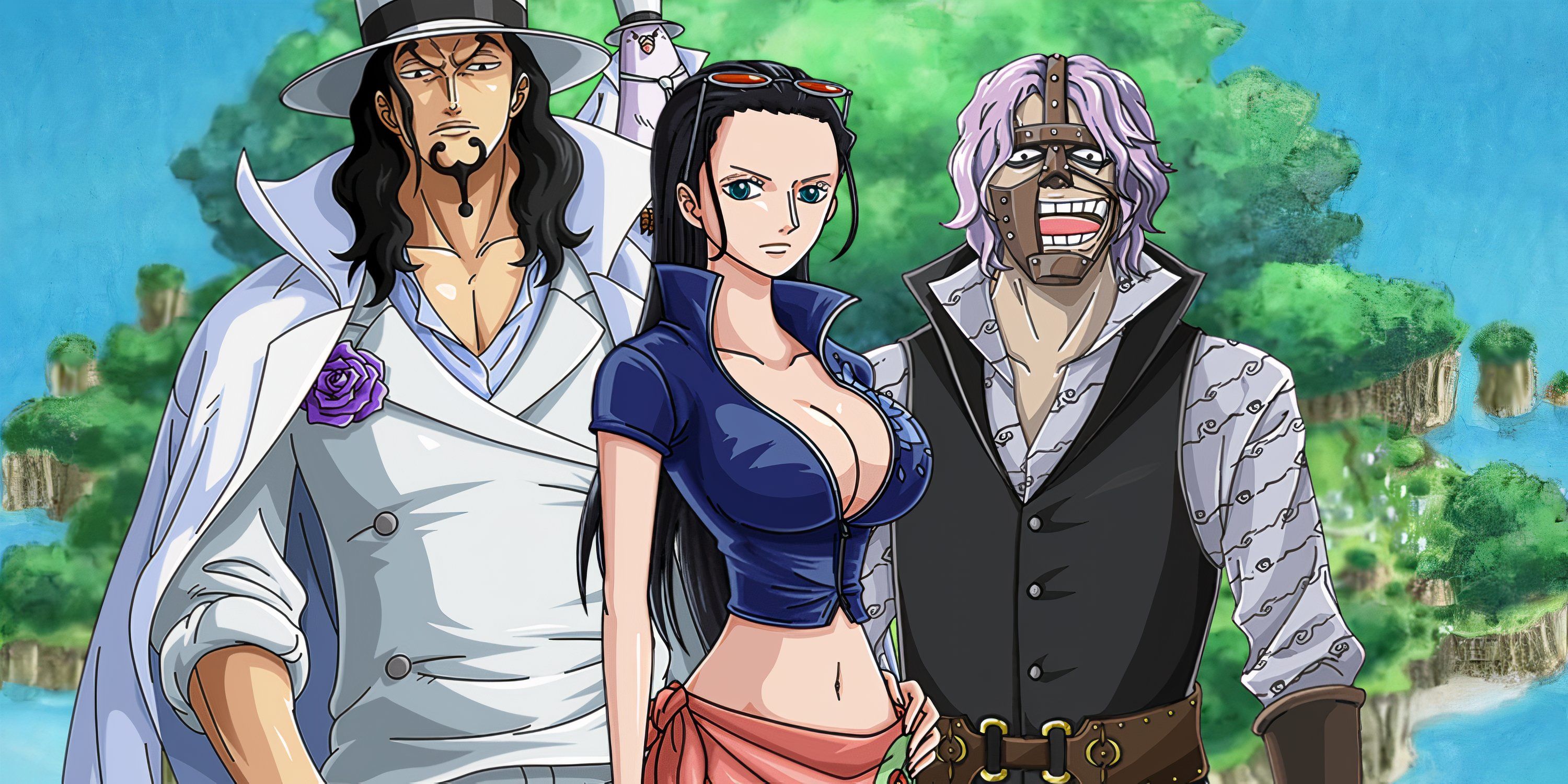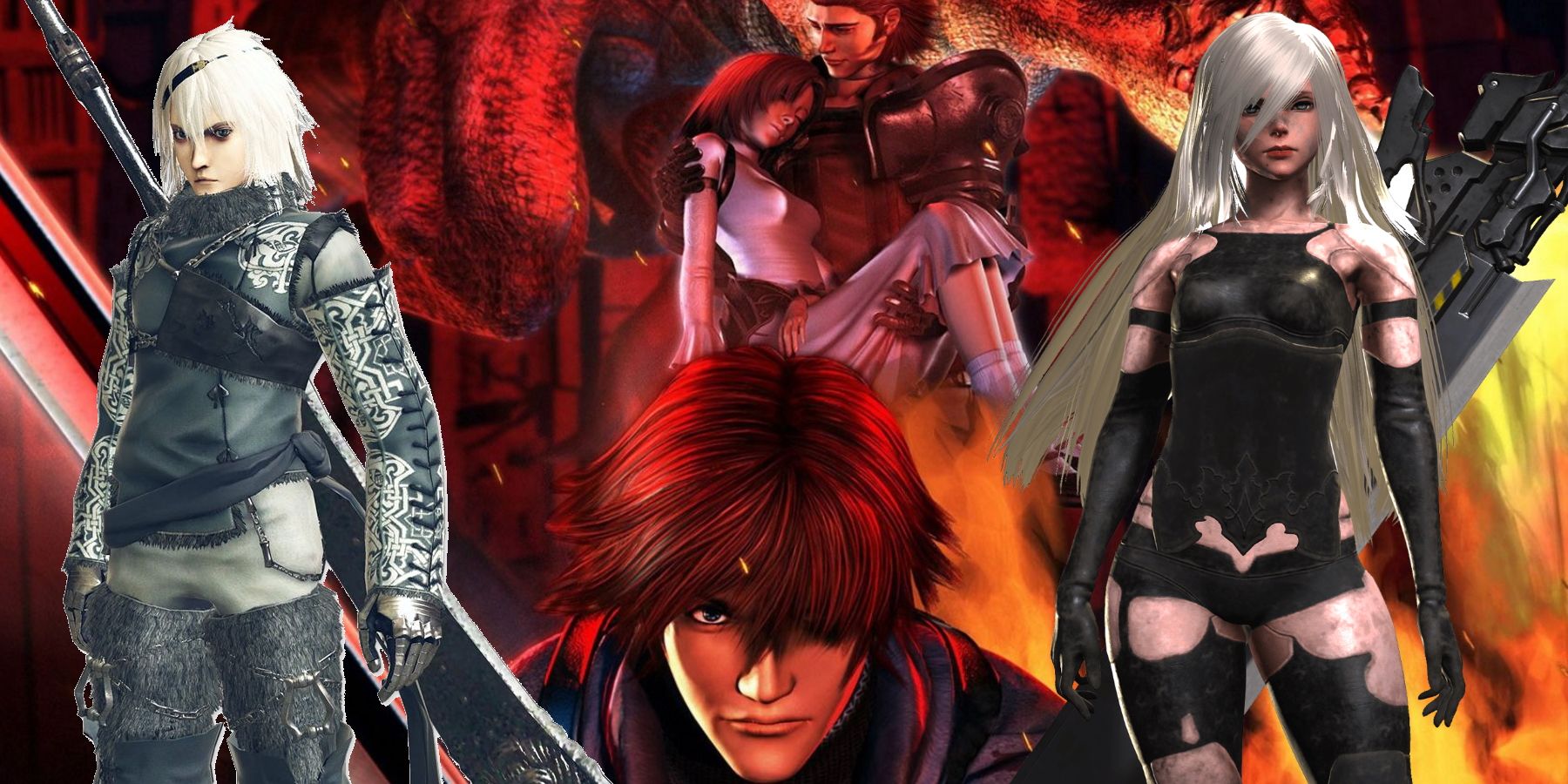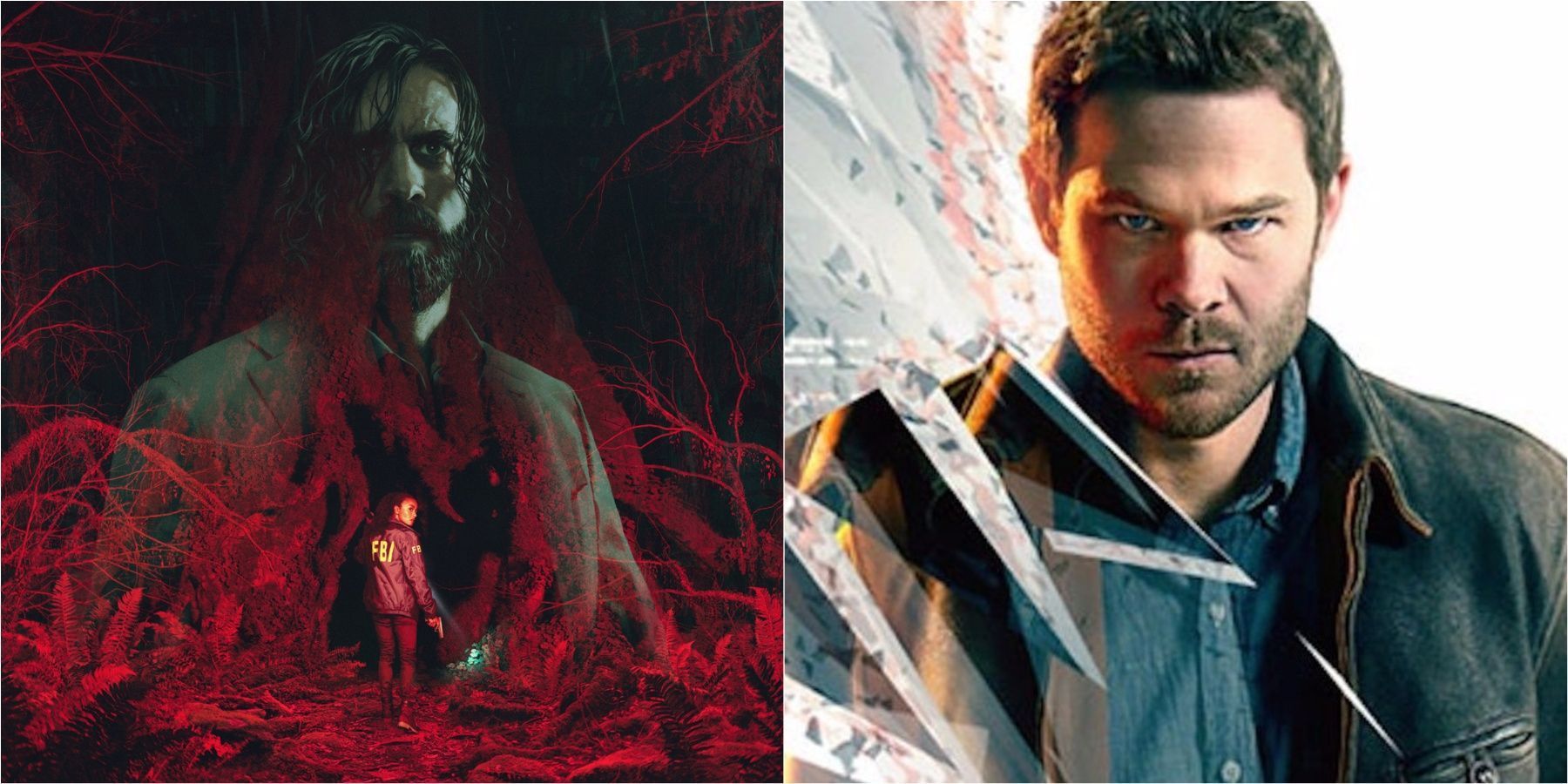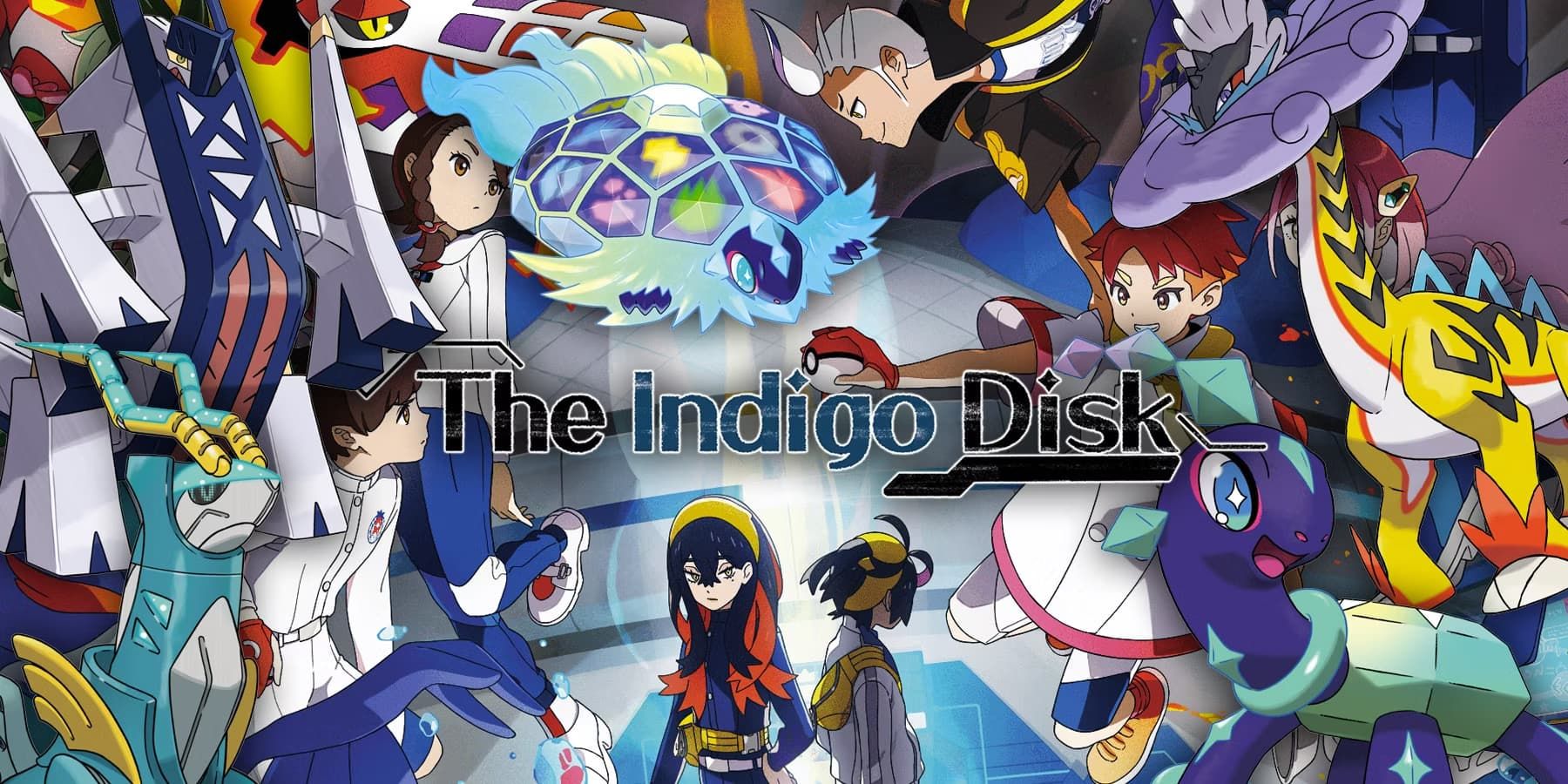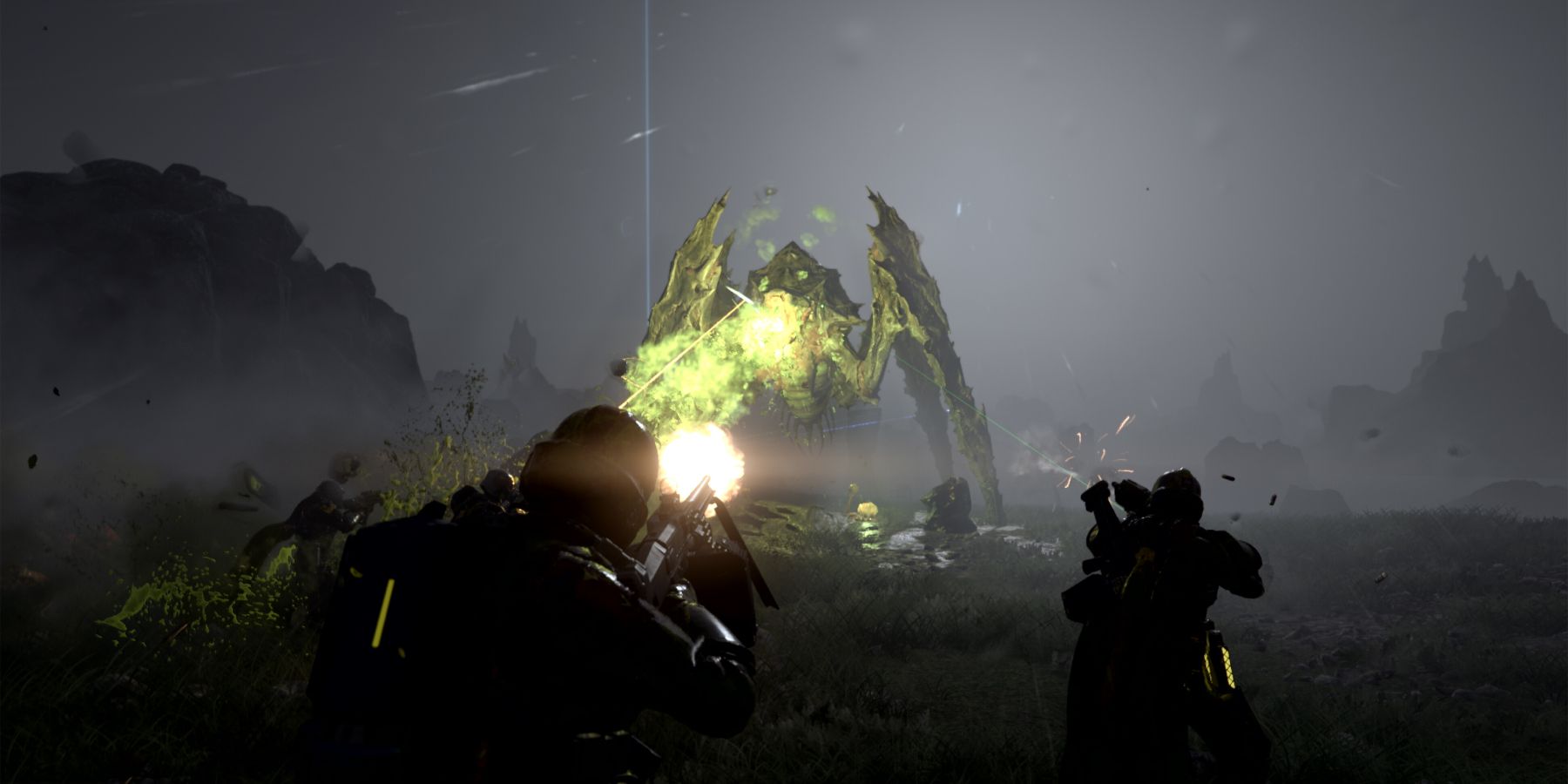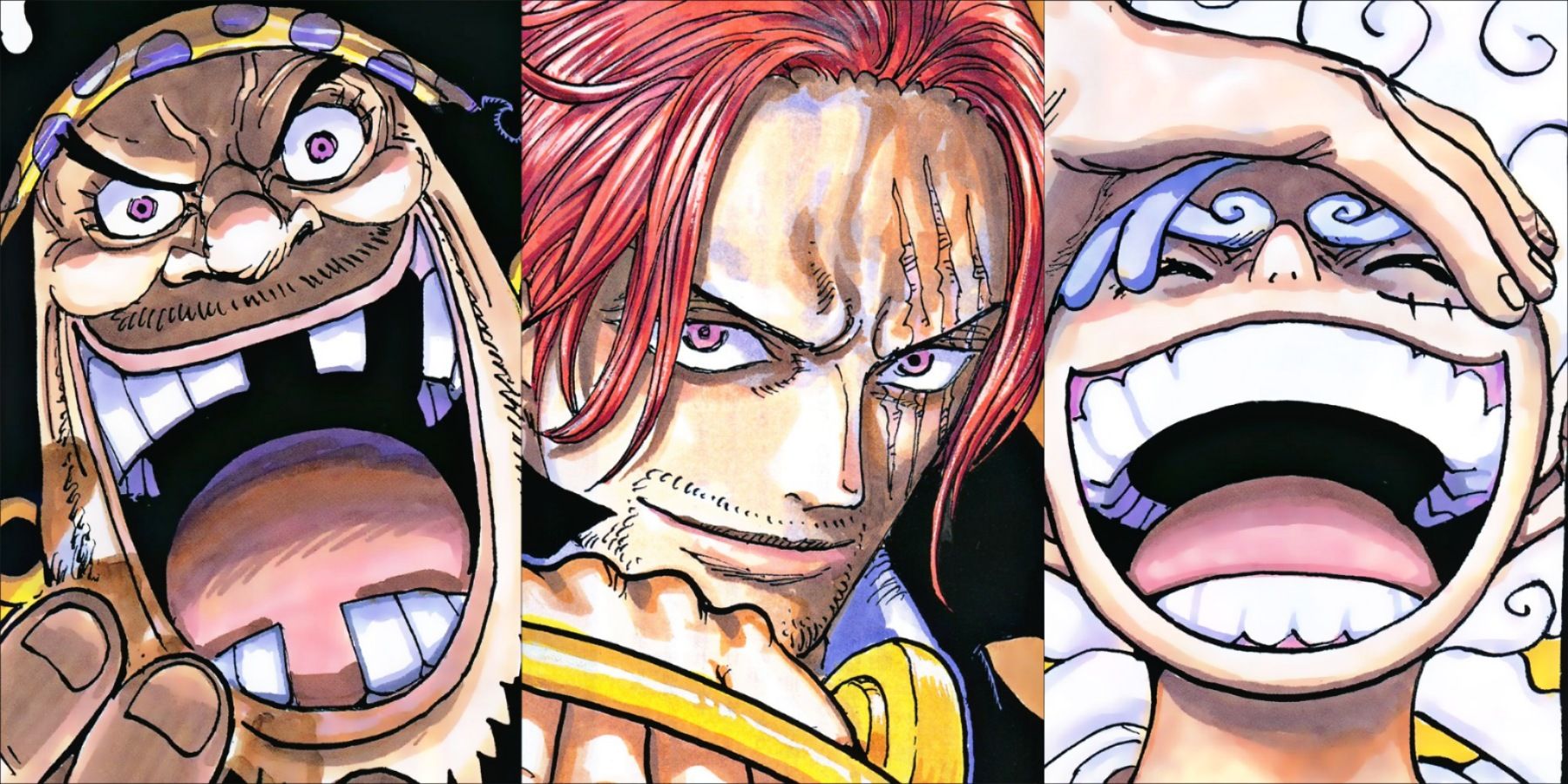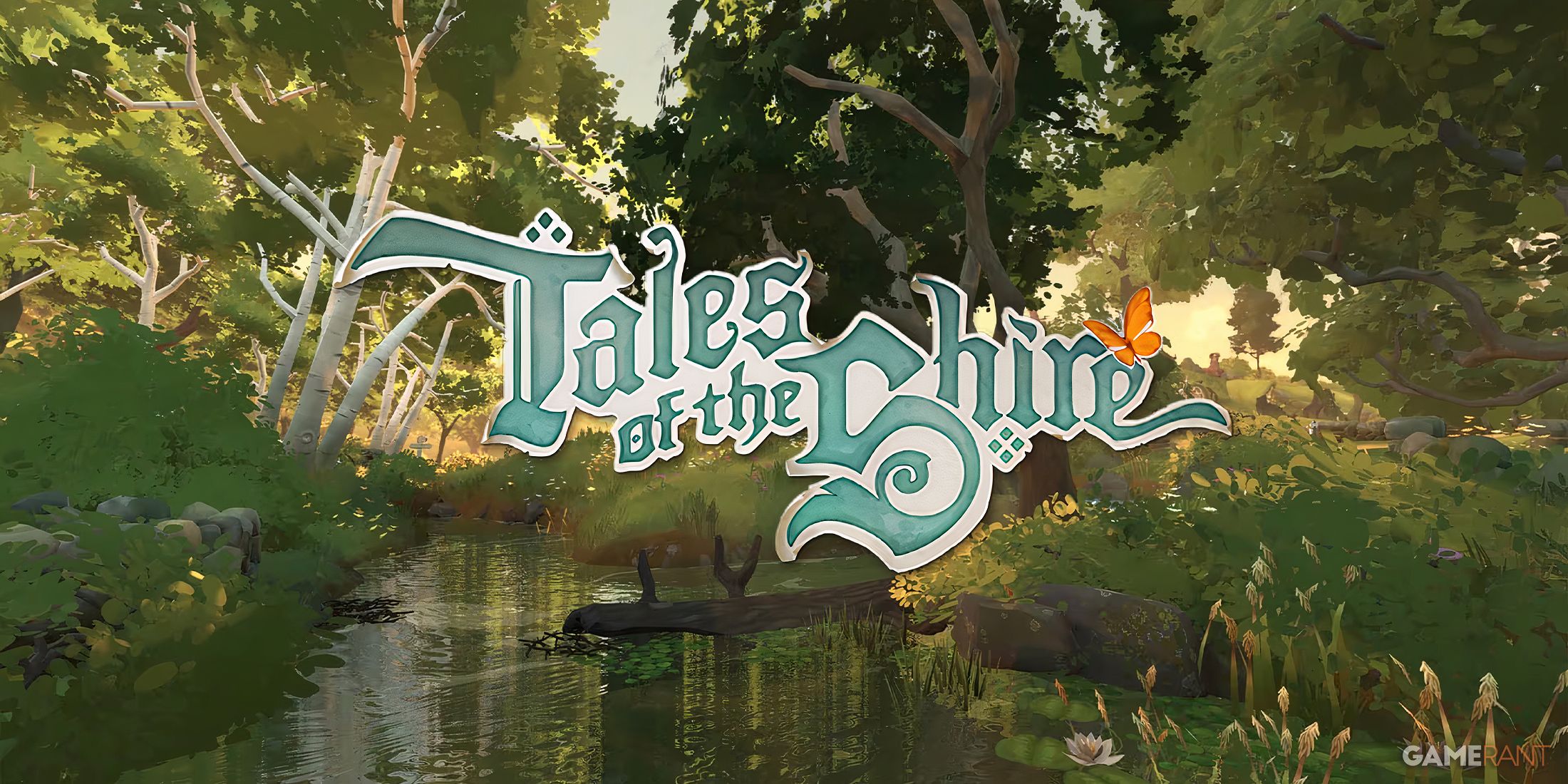Highlights
- Drakengard laid the foundation for the Nier series, showcasing unique combat and a dark narrative that set it apart from other RPGs.
- Yoko Taro’s first major project, Drakengard, introduced players to a grim world with controversial characters, foreshadowing his future successes.
- The absurd endings of Drakengard, particularly ending E, unexpectedly led to the creation of the Nier series, thanks to a modern-day twist.
While Nier: Automata has proven to be one of the most generation-defining action RPGs of the past few years for many players, few might be familiar with the title that created its entire franchise in the first place, Drakengard. Following two decades since its North American release for PS2, it’s clear that the legacy of Yoko Taro’s first major project has largely outshined the original game itself. Considering the landmark popularity of Nier since Automata’s release, however, Drakengard has still found appreciation among fans who recognize its sense of style and distinct place in its creator’s artistic evolution.
Developed by the now-defunct Cavia under Square Enix in the early 2000s, the game known as Drag-On Dragoon in Japan featured a unique blend of air and ground combat alongside a darker tone than most RPGs at the time. Through the journey of Caim, his dragon Angelus, and a cast of flawed supporting characters, Drakengard sees the player reaching one of several ending routes in a manner that would establish the formula of future titles in the series. Learning that Nier is a spin-off of Drakengard might not be too surprising in a genre that can feature some complex narrative connections, but the way that the franchise which would ultimately become Automata was launched is an example of an absurd joke growing into a creative achievement.
Games With Complicated Timelines Like Kingdom Hearts
The Kingdom Hearts series is known for having an elaborate timeline across its many entries, but other franchises have achieved similar complexity.
Drakengard Was the Beginning of One of Gaming’s Strangest RPG Franchises
The Unique Personality of Drakengard Kicked Off Yoko Taro’s Career
He was involved in the video game industry prior to its release, but Drakengard was the first project that series director Yoko Taro was able to truly lead with his own vision. The lasting impact of this game’s grim world and troubled, controversial characters has overshadowed its somewhat dated gameplay to many, but it was clear even at this point that Taro and his collaborators had something bold to offer the RPG genre. The clunkiness of transitioning between riding a dragon and being knocked down into cutting down groups of enemies on the ground can make it tough to approach, but the story of Drakengard, and the legacy it birthed, could also make it worth checking it out for some.
The Lesser Known Period Between Drakengard and Nier: Automata
While the franchise would continue following the relative success of the first game, Yoko wouldn’t end up leading Drakengard 2 in 2005, a game which has since been retconned to exist within its own timeline. The first Nier wouldn’t arrive until 2010, and it wasn’t nearly as successful as Nier: Automata would later be, leaving the director’s career in an uncertain state for years.
2013’s Drakengard 3 was a prequel that served as a Yoko Taro-approved follow-up to the first game during this interim, and it’s generally seen to be a more accessible experience than the original, despite its crass humor. That title was heavily based on furthering the connection with the Nier games as a prequel, but the overall context of how this lore came to be may be one of the most bizarre in all of gaming.
The Nier Series’ Origins in a Secret Drakengard Ending
The Unforeseen Consequences of Drakengard’s Ending E
Drakengard started a series trend by featuring multiple endings, ranging from A to E, which all had dubious status in the canon at the time. Ending A served as the basis for Drakengard 2, but E was actually the impetus for the first Nier. In what was first conceived as a joke sequence by Yoko Taro, Caim and Angelus enter a portal that transports them from the game’s dark fantasy world into modern-day Tokyo where a rhythm game-esque final boss battle occurs. They are then shot down by fighter jets in a way that mirrors the tragedy of Drakengard’s other endings, with this entire incident producing the substance that would cause NierReplicant’s White Chlorination Syndrome. It was never intended to be the basis for Yoko Taro’s future best-selling work, but this “joke” ending is just one aspect of the experimental style that first blossomed in Drakengard.
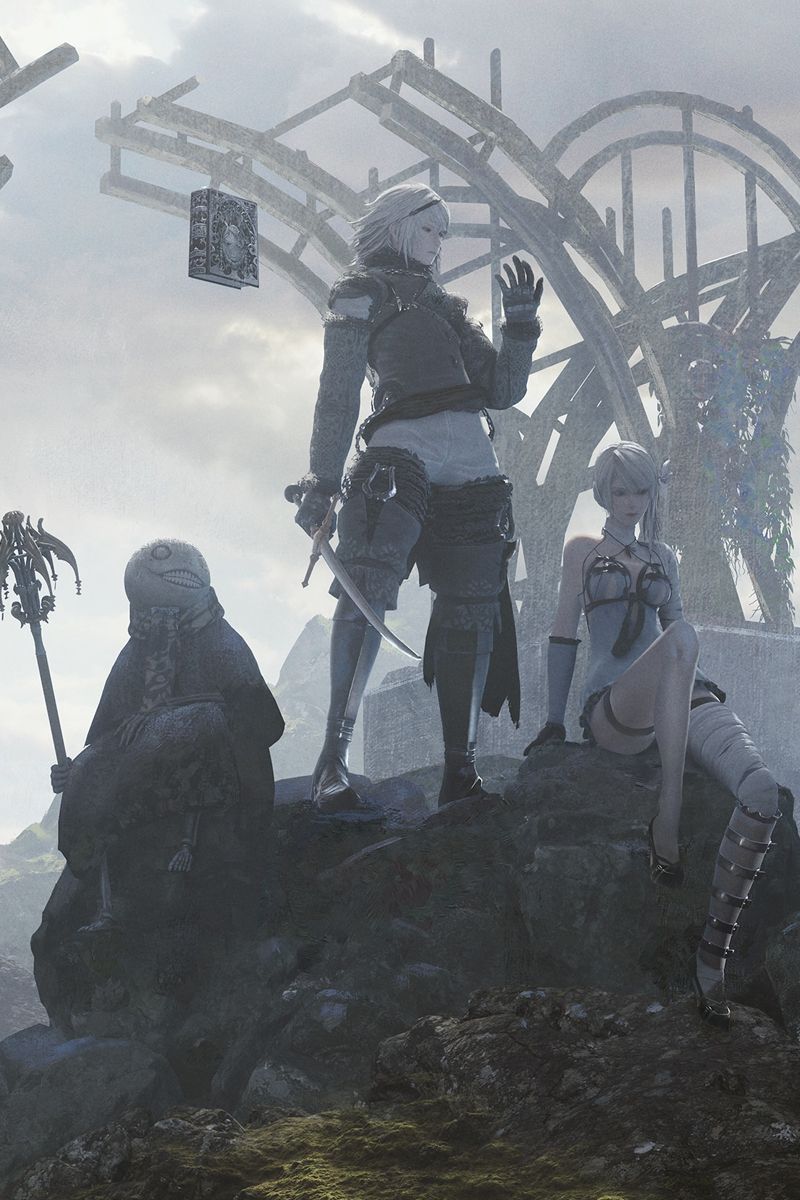
NieR Replicant ver.1.22474487139…
- Released
- April 22, 2021
- Developer(s)
- Cavia , Toylogic
- Genre(s)
- Action RPG
- ESRB
- M for Mature: Blood, Strong Language, Suggestive Themes, Violence
- How Long To Beat
- 20 Hours
- PS Plus Availability
- Extra & Premium

